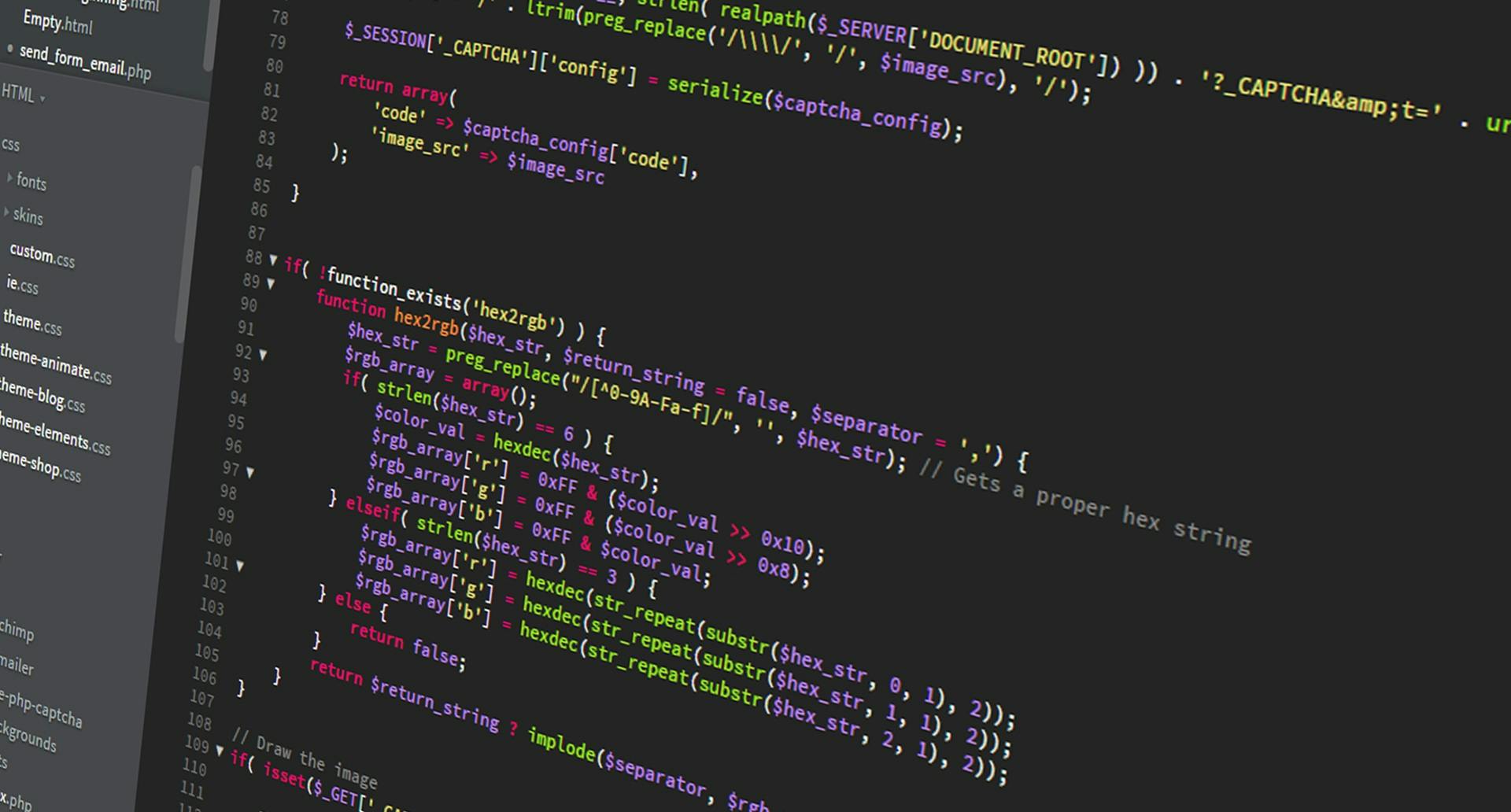Introduction
Web performance has evolved from a technical consideration to a critical business factor. Studies consistently show that faster websites lead to better user engagement, higher conversion rates, and improved search engine rankings. Yet as web applications grow more complex, maintaining optimal performance becomes increasingly challenging.
This guide provides practical techniques and strategies for improving website performance across the entire stack—from server optimizations to frontend rendering. Whether you're optimizing an existing site or building a new one with performance in mind, these approaches will help you deliver better user experiences through faster, more efficient web applications.
Understanding Performance Metrics
Before diving into optimization techniques, it's essential to understand what we're measuring and why it matters.
Core Web Vitals
Google's Core Web Vitals have become the industry standard for measuring user-centric performance metrics:
- Largest Contentful Paint (LCP): Measures loading performance. To provide a good user experience, LCP should occur within 2.5 seconds of when the page first starts loading.
- First Input Delay (FID): Measures interactivity. Pages should have a FID of less than 100 milliseconds.
- Cumulative Layout Shift (CLS): Measures visual stability. Pages should maintain a CLS of less than 0.1.
Additional Important Metrics
- Time to First Byte (TTFB): How quickly the server responds with the first byte of data
- First Contentful Paint (FCP): When the first content is rendered on the screen
- Total Blocking Time (TBT): Sum of all time periods between FCP and Time to Interactive (TTI) when the main thread was blocked for long enough to prevent input responsiveness
- Speed Index: How quickly content is visually displayed during page load
Measurement Tools
Use these tools to measure and monitor your site's performance:
- Lighthouse: Automated tool for improving web page quality, available in Chrome DevTools and as a CI tool
- WebPageTest: Allows testing from multiple locations and devices with detailed waterfall analysis
- Chrome User Experience Report (CrUX): Real-user performance data from Chrome users
- PageSpeed Insights: Combines lab and field data from CrUX
- Web Vitals JavaScript library: For measuring Core Web Vitals in your own analytics
Server-Side Optimizations
Optimize Server Response Time
A fast TTFB is the foundation of a performant website. Improve your server response time with these techniques:
- Use a performant hosting solution: Choose hosting providers with solid infrastructure and good performance in your target regions
- Implement server-side caching: Cache database queries, API responses, and rendered HTML where appropriate
- Optimize database queries: Add proper indexes, avoid N+1 query problems, and use query optimization techniques
- Use connection pooling: Maintain a pool of database connections to reduce connection overhead
- Consider serverless or edge computing: Deploy functions closer to your users to reduce latency
Implement HTTP/2 or HTTP/3
Modern HTTP protocols offer significant performance improvements:
- Multiplexing: Multiple requests can be sent over a single connection
- Header compression: Reduces overhead for each request
- Server push: Server can proactively send resources it knows the client will need
- Binary protocols: More efficient than text-based HTTP/1.1
Most modern hosting providers and CDNs support HTTP/2 by default. HTTP/3, which uses QUIC instead of TCP, is gaining adoption and offers further performance benefits, especially on unreliable networks.
Use Content Delivery Networks (CDNs)
CDNs distribute your content across multiple locations worldwide, serving users from the nearest edge server:
- Static asset delivery: Serve images, CSS, JavaScript, and other static files from CDN edge servers
- Dynamic content caching: Many CDNs can cache dynamic content with appropriate cache headers
- Edge computing: Run code at the edge to personalize content while maintaining performance
- Image optimization: Many CDNs offer automatic image optimization services
Resource Optimization
Optimize Images
Images often account for the majority of a page's weight. Optimize them with these techniques:
- Choose the right format: Use WebP for broad support with fallbacks to JPEG/PNG, or AVIF for newer browsers
- Implement responsive images: Use
srcset and sizes attributes to serve appropriately sized images - Lazy load images: Use the
loading="lazy" attribute for images below the fold - Optimize image quality: Find the right balance between quality and file size
- Consider modern image CDNs: Services like Cloudinary, Imgix, or Next.js Image can automate many optimizations
Minimize and Optimize JavaScript
JavaScript is often the most significant performance bottleneck on modern websites:
- Audit your dependencies: Use tools like Webpack Bundle Analyzer to identify large packages
- Code splitting: Break your JavaScript into smaller chunks loaded on demand
- Tree shaking: Remove unused code from your bundles
- Minification and compression: Use terser for minification and enable Brotli or GZIP compression
- Consider modern loading techniques: Use
async, defer, or module/nomodule patterns
Optimize CSS Delivery
CSS blocks rendering, so optimize its delivery for faster perceived performance:
- Minimize CSS: Remove unused styles with tools like PurgeCSS
- Critical CSS: Inline critical styles needed for above-the-fold content
- Load non-critical CSS asynchronously: Use
preload for important stylesheets - Consider CSS-in-JS performance implications: Some implementations can impact runtime performance
Implement Resource Hints
Resource hints help browsers prioritize resource loading:
- Preconnect:
<link rel="preconnect" href="https://example.com"> establishes early connections - Preload:
<link rel="preload" href="critical.css" as="style"> prioritizes critical resources - Prefetch:
<link rel="prefetch" href="next-page.js"> loads resources for future navigations - DNS-prefetch:
<link rel="dns-prefetch" href="https://example.com"> resolves DNS early
Rendering Optimization
Choose the Right Rendering Strategy
Different rendering approaches have different performance characteristics:
- Server-Side Rendering (SSR): Generates HTML on the server for faster initial render and better SEO
- Static Site Generation (SSG): Pre-renders pages at build time for optimal performance
- Client-Side Rendering (CSR): Renders in the browser, typically slower initial load but faster subsequent interactions
- Incremental Static Regeneration (ISR): Combines SSG with background regeneration for dynamic content
- Streaming SSR: Progressively sends HTML as it's generated for faster perceived performance
Modern meta-frameworks like Next.js, Nuxt, and SvelteKit support multiple rendering strategies, allowing you to choose the best approach for each page or component.
Implement Progressive Hydration
Rather than hydrating the entire page at once, progressively hydrate components based on priority:
- Hydrate critical interactive elements first
- Defer hydration of below-the-fold or less important components
- Consider "islands architecture" approaches where only interactive components are hydrated
Optimize the Critical Rendering Path
Minimize the resources needed for initial render:
- Minimize the number of critical resources
- Reduce the critical path length by optimizing resource loading order
- Reduce the number of critical bytes by optimizing resource size
Prevent Layout Shifts
Layout shifts create a poor user experience and impact CLS scores:
- Set dimensions for images and embeds: Always specify width and height attributes
- Reserve space for dynamic content: Use skeleton screens or min-height for content that loads dynamically
- Avoid inserting content above existing content: Add new content at the bottom of the viewport
- Use transform animations: Prefer transform and opacity for animations instead of properties that trigger layout
Caching Strategies
Implement Browser Caching
Proper HTTP caching headers reduce unnecessary network requests:
- Cache-Control: Set appropriate max-age values based on resource update frequency
- ETag and Last-Modified: Enable conditional requests
- Immutable resources: Use
Cache-Control: immutable for versioned resources - Vary header: Specify how caching should handle different request variations
Implement Service Workers
Service workers enable powerful caching strategies and offline capabilities:
- Cache-first strategy: Serve from cache, falling back to network
- Network-first strategy: Try network first, falling back to cache
- Stale-while-revalidate: Serve from cache while updating in the background
- Precaching critical assets: Cache essential resources during service worker installation
Tools like Workbox simplify service worker implementation with ready-made caching strategies.
Use Local Storage Strategically
Local storage can improve performance for certain use cases:
- Store user preferences and settings
- Cache small amounts of application data
- Implement form recovery in case of accidental navigation
However, be cautious as local storage is synchronous and can block the main thread if overused.
Performance Monitoring and Culture
Implement Real User Monitoring (RUM)
Lab testing is valuable, but real user data provides the most accurate picture of your site's performance:
- Collect Core Web Vitals from actual users
- Segment data by device type, connection speed, and geography
- Set up alerts for performance regressions
- Use the Web Vitals JavaScript library or commercial RUM solutions
Establish Performance Budgets
Performance budgets set quantifiable limits on metrics that impact user experience:
- Quantity-based metrics: Number of requests, total weight, number of scripts
- Timing-based metrics: LCP, TTI, TBT, TTFB
- Rule-based metrics: Lighthouse scores, WebPageTest results
Integrate performance budgets into your CI/CD pipeline to prevent regressions.
Foster a Performance Culture
Performance optimization is an ongoing process, not a one-time effort:
- Make performance metrics visible to the entire team
- Include performance requirements in product specifications
- Celebrate performance improvements
- Train team members on performance best practices
- Conduct regular performance reviews
Case Study: E-commerce Site Optimization
A mid-sized e-commerce site implemented the following optimizations and saw significant improvements:
- Image optimization: Implemented responsive images and WebP format, reducing image payload by 62%
- JavaScript optimization: Applied code splitting and tree shaking, reducing JS bundle size by 45%
- Critical CSS: Inlined critical styles and deferred non-critical CSS, improving FCP by 1.2 seconds
- CDN implementation: Deployed a global CDN, reducing TTFB by 300ms for international users
- Service worker caching: Implemented stale-while-revalidate strategy for product data, improving repeat visit performance
Results:
- LCP improved from 4.2s to 2.1s
- CLS reduced from 0.25 to 0.05
- Mobile conversion rate increased by 18%
- Bounce rate decreased by 23%
Conclusion
Web performance optimization is both an art and a science, requiring a holistic approach that addresses server response times, resource delivery, rendering efficiency, and caching strategies. By implementing the techniques outlined in this guide and establishing a culture of performance within your organization, you can deliver faster, more engaging web experiences that benefit both users and business outcomes.
Remember that performance optimization is an ongoing process. User expectations continue to rise, and what's considered "fast" today may be perceived as slow tomorrow. Regular measurement, monitoring, and iteration are key to maintaining excellent performance over time.
Start by focusing on the optimizations that will have the biggest impact for your specific site and user base. Even small improvements can make a meaningful difference in user experience and business metrics.



